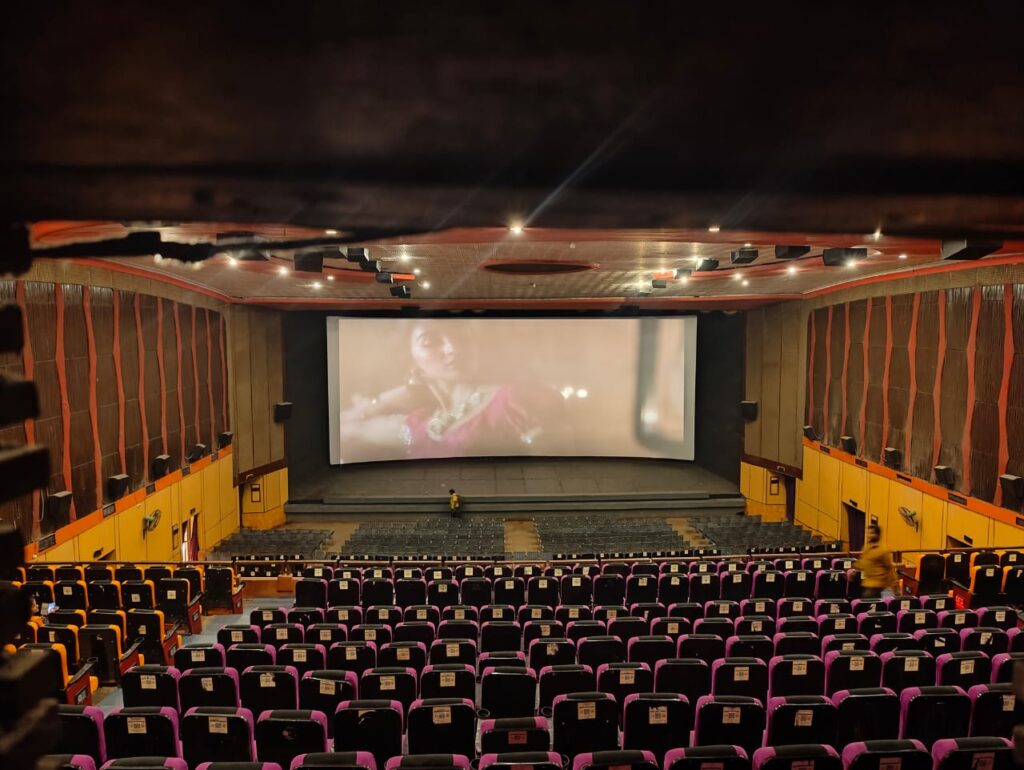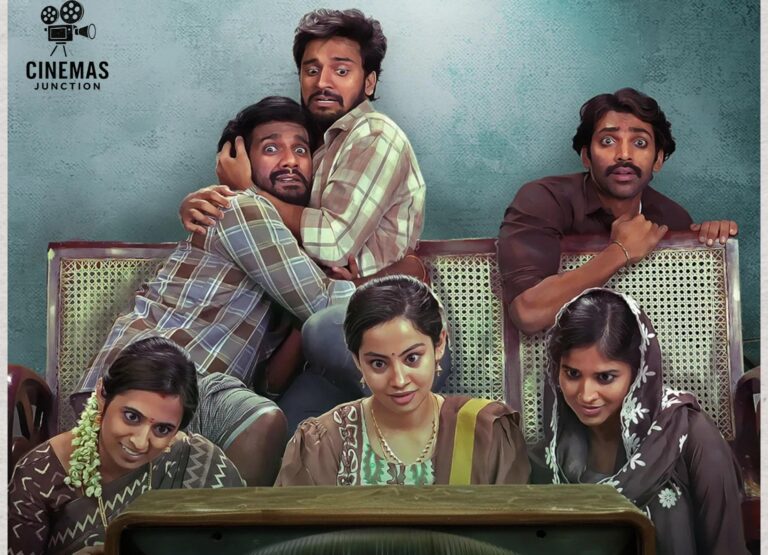
The Telugu Film Industry, once considered the pride of Indian cinema and now arguably stronger than Bollywood in terms of national impact, is currently going through a tough phase. Despite having some of the biggest stars, talented technicians, and a massive fan base, Tollywood is now facing an existential crisis. Theatres are running empty, success ratios are dipping, and OTT platforms are rapidly taking over. So what exactly went wrong?
While a few pan-India blockbusters are masking the true condition, the reality is that the overall success ratio has hit an all time low, and the number of profitable films in a year is rapidly decreasing. Let’s break down the core issues that have pushed the industry into this critical state.
Tollywood’s Current Struggle: What Went Wrong?
The biggest and most damaging factor is the poor quality of scripts. Many recent Telugu films are offering nothing new to the audience. The same old templates of action scenes, loud dialogues, love stories, unnecessary songs, and hero-centric elevations are being repeated to the point of boredom. Viewers have evolved. Today’s audience is smarter, exposed to world cinema through OTT platforms, and is craving stories that feel real, fresh, and emotionally engaging. But the industry seems stuck in a loop of outdated formulas, leaving the audience with no motivation to go to theatres.
The sky-high remunerations of stars and directors have also broken the backbone of production budgets. One blockbuster and their fees shoot up beyond logic. Even after multiple flops, there is no reduction in their remuneration. What this does is put producers in a risky position. They spend seventy to eighty percent of the budget on cast and crew, leaving very little for the actual film quality. This imbalance is damaging the long-term sustainability of cinema.
Another major blow comes from early OTT releases. Even big films with decent theatrical runs are landing on OTT platforms within four weeks. In the case of flops, it is even faster sometimes just a week. This is conditioning the audience to wait. They are thinking it is better to wait and watch it comfortably at home rather than spend money on tickets, snacks, and transport.
Ticket pricing is also a huge problem. After the pandemic, the mindset of people has changed. Spending over a thousand rupees for one family outing at the theatre is no longer seen as worthwhile. The industry, especially after Baahubali, entered a phase where pan-India reach and grand visuals became the goal. But in doing so, the pricing became unaffordable for common and middle-class families. The emotional connection with theatres is slowly fading.
Moreover, producers today seem more focused on money than passion. Many are doing films solely for OTT profits. OTT platforms are taking advantage of this mindset by offering attractive deals and acquiring films even before their release. This shift Is moving the industry away from making good theatre-worthy cinema and toward profit-driven, average content that lacks soul.
What Needs to Change to Save Theatres and Trust?
The crisis is real, but it is not too late. The Telugu film industry still has the power, talent, and loyal audience base to bounce back stronger than ever. This, however, requires some bold decisions and responsible efforts from every corner of the industry.
Mainly, stars and directors must reduce their remuneration. This is not the time to demand massive amounts when the industry is struggling. If top heroes and filmmakers cut down their fees, producers can allocate more funds toward improving the film’s quality. Better writers, better technicians, and improved production value will naturally follow.
The industry must return its focus to strong, emotionally rich storytelling. Commercial formula films have their place, but the industry cannot depend on them entirely. Writers and directors should take creative risks and explore fresh ideas that reflect modern realities. Films like Balagam, Hi Nanna, Care of Kancharapalem, and Color Photo are great examples that content driven cinema can succeed without massive budgets or star power.
Ticket prices must be brought down, especially for mid range and family films. Theatres must become affordable again for families and middle class viewers. The same applies to food pricing inside theatres. Charging hundreds of rupees for basic snacks is unreasonable and adds to the decision of skipping theatre visits altogether.
Another urgent change is regulating OTT release windows. A fixed gap of eight to twelve weeks between a film’s theatrical and OTT release is essential. This way, audiences will feel a sense of exclusivity with theatres and have an incentive to watch films on the big screen again. This policy must be implemented by the producer councils and supported by leading stars.
Above all, the industry needs to rediscover its love for cinema. Films should be made not just for financial gain, but with the intention to tell powerful stories and entertain meaningfully. This passion for storytelling must return to the center of Telugu cinema.
Is There Hope for a Comeback?
The Telugu film industry is at a crossroads. On one side lies the temptation of short-term profits, fast OTT sales, and declining audience trust. On the other side lies a more challenging but rewarding path one that prioritizes quality filmmaking, fair pricing, and emotional connection with the audience.
The question now Is whether the industry will take the right turn before it is too late. The responsibility does not lie with producers or stars alone. It includes writers, directors, exhibitors, and even the audience. A shared commitment to bringing back sincerity, honesty, and creativity can spark the revival Tollywood desperately needs.
If the industry makes the right choices today, it can once again emerge as a proud symbol of cultural identity, mass entertainment, and cinematic excellence. The power to revive Telugu cinema lies in its own hands.


